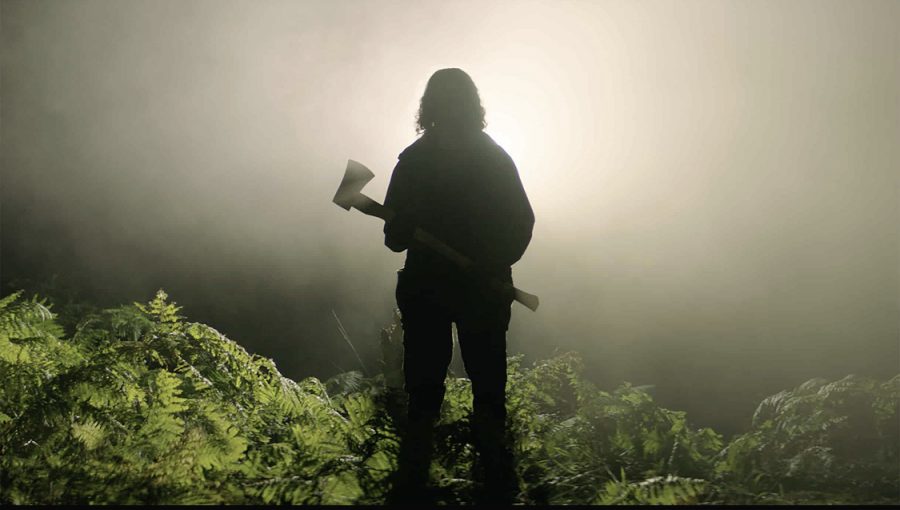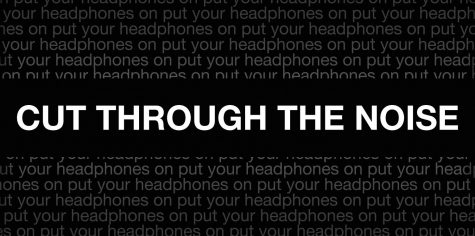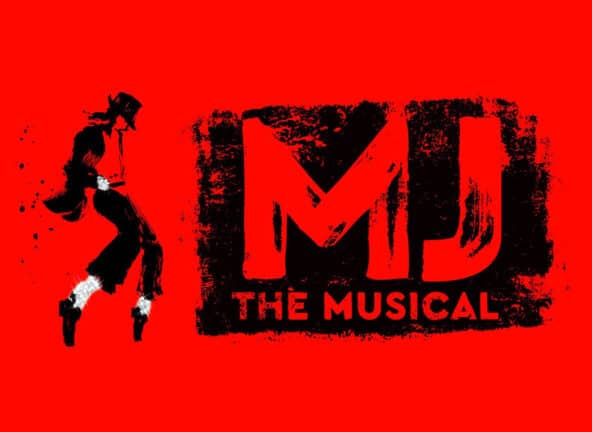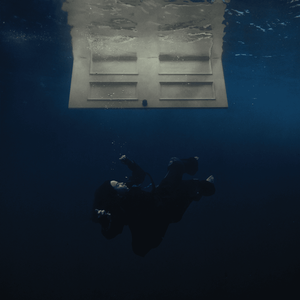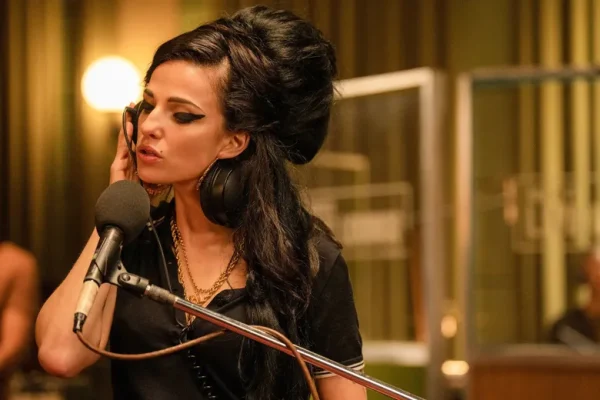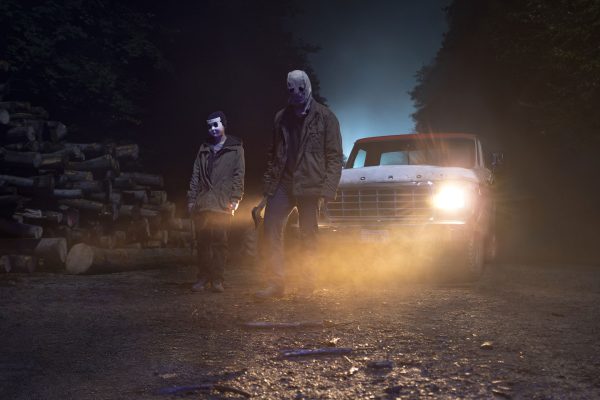‘In the Earth’ confusing, disorientating
Psychedelic film lacks substance
April 29, 2021
Since the beginning of the COVID-19 pandemic, I have not been to a movie theatre once — watching “In the Earth” was my first one back, which I wholly regret.
Directed by Ben Wheatly, this pandemic-inspired film was an amalgamation of horror, gore and a creepy eldritch folklore story. I am an avid horror fan, and the brief description I read sounded right up my alley.
Dr. Martin Lowerey, recovering from Ringworm and an unspecified pandemic — which is seemingly going on in the background of the film, but is never expanded on nor explained — is tasked with going through the woods with Alma, a park ranger. Details nebulous and ill-defined, I never was sure of the nature of this expedition. I just knew that somewhere out there was Martin’s pen pal, Dr. Olivia Wendle, doing experiments on the fertility of soil, or something of that sort.
The beginning started innocuous enough, introducing the viewer to Parnag Fegg, the local folktale whilst simultaneously showing long distance shots of the two traipsing through the forest. The quiet intensity of the beginning of the film, emphasized by Martin repeatedly pointing out the odd silence, is immediately shattered about a third of the way through when they get their things stolen in the night — drawing parallels to a similar scene in “The Blair Witch Project.” Then, when they meet Zach, an odd stranger whose kindness comes at a price, things get weird.
I wouldn’t call this film scary, unless you count close-up shots of Martin’s bloody and torn foot sewn together in painstaking clarity the pinnacle of horror. Extra-long scenes of toes being chopped off in an eerie and gritty tenor perpetuated a sick sense of nausea that honestly contributed little to the plot. One thing I can say is the production team did a good job of setting a certain atmosphere: red-tinged and feverish, things take a hallucinogenic turn. Throughout the film, there is no doubt you will feel sick and uneasy. Small flashes and bangs swiftly turned into strobe lights and screeching painful noises — well-deserving of the epilepsy warning at the beginning of the film.
I’m not sure what the bright flashing lights, shown in a kaleidoscope-like intensity, nor the horrifically loud noises were for. These drawn-out interludes of hallucinatory imagery and almost dream-like sequences gave me a headache and confused me from the already hollow plot. Additionally, the unnecessary science jargon, and insistence in the validity of the spirit Parnag Fegg was lost on me.
One of my favorite horror tropes is when the monster is left unseen, and all horrors are chalked up to some force in the woods, leaving the viewer paranoid and uncertain. Unfortunately, this film failed at using this concept. The myth of the Parnag Fegg stayed just that: a myth. I didn’t care much for it. The real horror was this film’s avant-garde attempt at humor.
The characters lack any sort of nuance or complexity, we never see their motivations or goals and I never felt any empathy towards them. Nearing the end of the film, a whole new character is finally introduced: Zach’s ex-wife, Olivia. Her characterization was off-beat and uncanny, adding to the strangeness. That’s all I can say for her, as she didn’t leave an impression on me or the barely-there plot.
Overall, I would not recommend this film. Delving into the esoteric and abnormal, it had a good premise but was missing anything that could truly make it interesting. All potential was lost as the plot spiraled more and more into a disjointed mess. There’s a certain distinction between movies that are weird, yet leave you abjectly unsettled like “Midsommar,” versus ones that make you feel like you had no idea what you just watched. Ominous, with no real conclusion, this was less than mediocre. Spare yourself the headache.
“In the Earth”: ★☆☆☆☆



